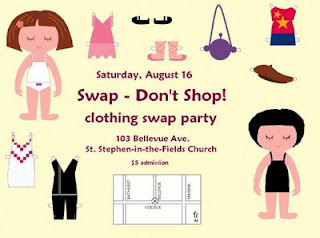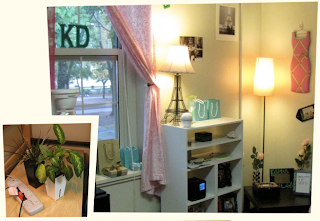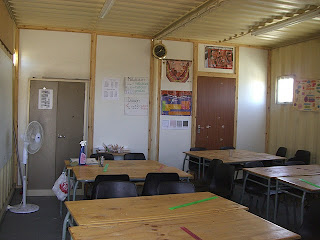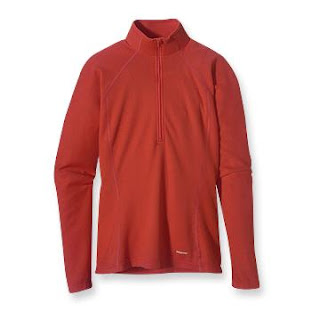 Image via Clothing
Image via ClothingSo you have those 3 tops, 2 dresses, a pair of jeans, and 6 sweaters that you just don't wear anymore...ever. Instead of throwing them away, you have several eco-friendly options for discarding your clothing.
1. Pass them on to someone in need: Miracle Hill, The Salvation Army, and Good Will are all national and international companies that either donate clothes to the homeless and under-priveleged families. What could be more rewarding than giving new life to your clothing by helping someone else?
2. Try a clothes swap with your friends. Invite a group of 8 or 10 over for snacks and drinks and tell everyone to bring clothing from their closets that they don't wear anymore (in good condition of course). Each guest receives a ticket for each piece of clothing they bring in. Each ticket brought in means you get to take home that many pieces of clothing too. Use this site to give you more fun ideas for the party. It's a great way to have a good time with your friends and lets other people enjoy the clothes you are through with.
 Image via Swap
Image via Swap3. Transform your clothes into something other than clothing. With an old sweater you can cover a pillow to throw on your couch. Old undershirts can be used as dust rags and cleaning cloths, and if you're handy with a sewing machine, make a quilt out of your favorite t-shirts.
So before you throw that trash bag of clothes away, think of this blog and help save the environment.








